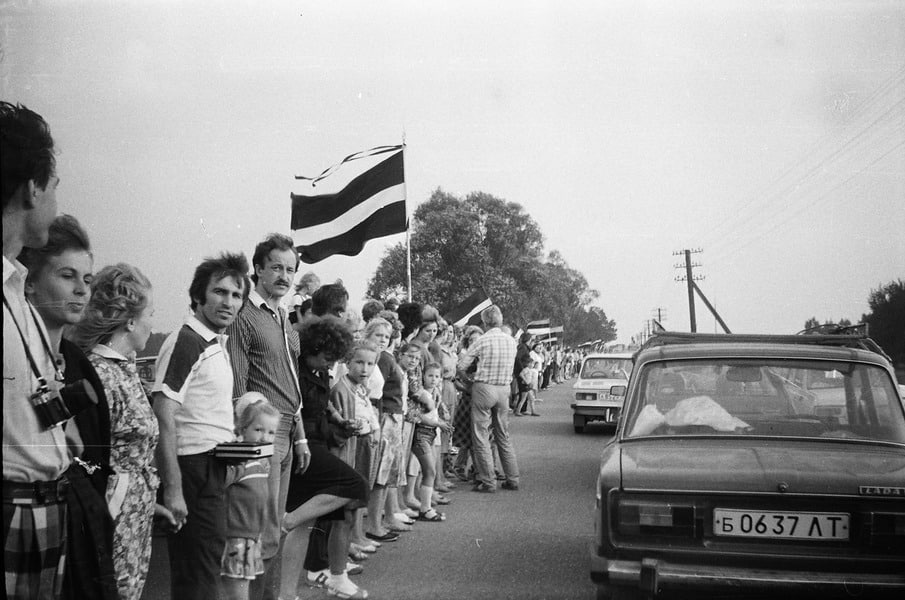Baltic Way: What it means to us all

The Baltic Way, inspired and strategized by the Baltic independence movements, took place on August 23, 1989, the 50th anniversary of the 1939 Hitler–Stalin Pact. Approximately two million people joined hands to form a human chain connecting the capitals of the Baltic states–from Tallinn to Riga to Vilnius. Its aim was to draw international attention to the illegal annexation of the Baltic states to the Union of Soviet Socialist Republics (USSR) following their occupation.
August 23, 1939 saw the signing of a non-aggression pact between Nazi Germany and the USSR in Moscow. The pact contained secret additional protocols under which the USSR and Nazi Germany agreed on the division of spheres of interest in Eastern Europe, whereby Latvia, Estonia, Lithuania and Finland were ceded to the USSR. In 1940, implementing the outrageous secret agreement, the USSR illegally annexed and occupied the Baltic states. After World War II, the Baltic states remained occupied by the USSR for almost 50 years. Meanwhile, many countries, including the United States of America, did not recognize the incorporation of the Baltic states into the USSR, thus confirming the illegality of occupation, according to which Latvia had not ceased to exist de iure. The Latvian Foreign Service in exile–in Washington, London, and Paris–continued their ever-important effort as envoys and diplomats representing the Republic of Latvia.
However, the Baltic Way, while being the largest and most significant rally as part of the Baltic States’ efforts to regain independence, was not the first of its kind. On June 14, 1986, a day of remembrance for the victims of the 1941 deportations was held in Riga at the Freedom Monument. After that, former political prisoners from the Baltic states agreed on a joint commemorative action on August 23 in all the three Baltic States. On August 23, 1987, rallies were held in Riga, Vilnius and Tallinn, each attended by several thousand people. On August 23, 1988, memorial events were already held under the leadership of national movements and gathered tens of thousands of demonstrators.
On August 23, 1989 at 7:00 p.m., approximately two million people in the Baltic states joined hands in a human chain connecting their capital cities.
After the Baltic Way, the USSR made the much-awaited concession by recognizing the existence of the Hitler–Stalin Pact (mainly known by the names of the respective foreign ministers, Molotov and Ribbentrop) and declaring it null and void. This became a significant step towards the restoration of independence for Latvia, Lithuania, and Estonia. The Baltic Way also gained significant international publicity highlighting the desire of the Baltic people to regain their independence and freedom. It also inspired other freedom movements across the globe, culminating in the reunification of Germany. The Baltic Way confirmed that the people of the Baltic states are united in their belief in democracy. The sense of brotherhood, unity and a common purpose became an important factor in securing the much-needed political engagement, which led to the restoration of independence.
In Latvia, the Baltic Way contributed to the weakening and division of the Communist Party, as several of its leaders decided to support the idea of Latvian independence. This helped the national freedom movement to win the elections to the Supreme Council, securing a sufficient number of votes to adopt the Declaration of Independence on May 4, 1990. In 2009, the Baltic Way was included in the International Register of the United Nations Educational, Scientific and Cultural Organization’s (UNESCO) Memory of the World Programme.
The Baltic Way is a reminder of the need to respect and follow international law. It is also relevant today–at a time when Ukraine is fighting for its independence, and Russia is trying to change Ukrainian borders by force. In wartime, knowledge of history becomes increasingly important in strengthening the security, values, and identity of a nation.
It is our duty to remind people of their history–battles fought, won and lost. The sacrifices of the past generations demand that we recognize that the will of the people to be free and independent will always be stronger than the will of those to subjugate them.
In 1989, two million people showed their strength in the face of a potentially severe crackdown by the USSR and demanded historical justice. They won. Today, we must embrace the lessons we have learned from our own history and apply them by upholding an international rules-based order and safeguarding the right of self-determination and territorial integrity.
H.E. Ms. Elita Kuzma is the Ambassador Extraordinary and Plenipotentiary of the Republic of Latvia to the United States of America. All opinions are those of the author and do not necessarily represent the position or views of VOC.
Photo: The Baltic Way, on the Riga-Bauska highway, near Kekava by Uldis Pinka under CC BY-SA 4.0.

